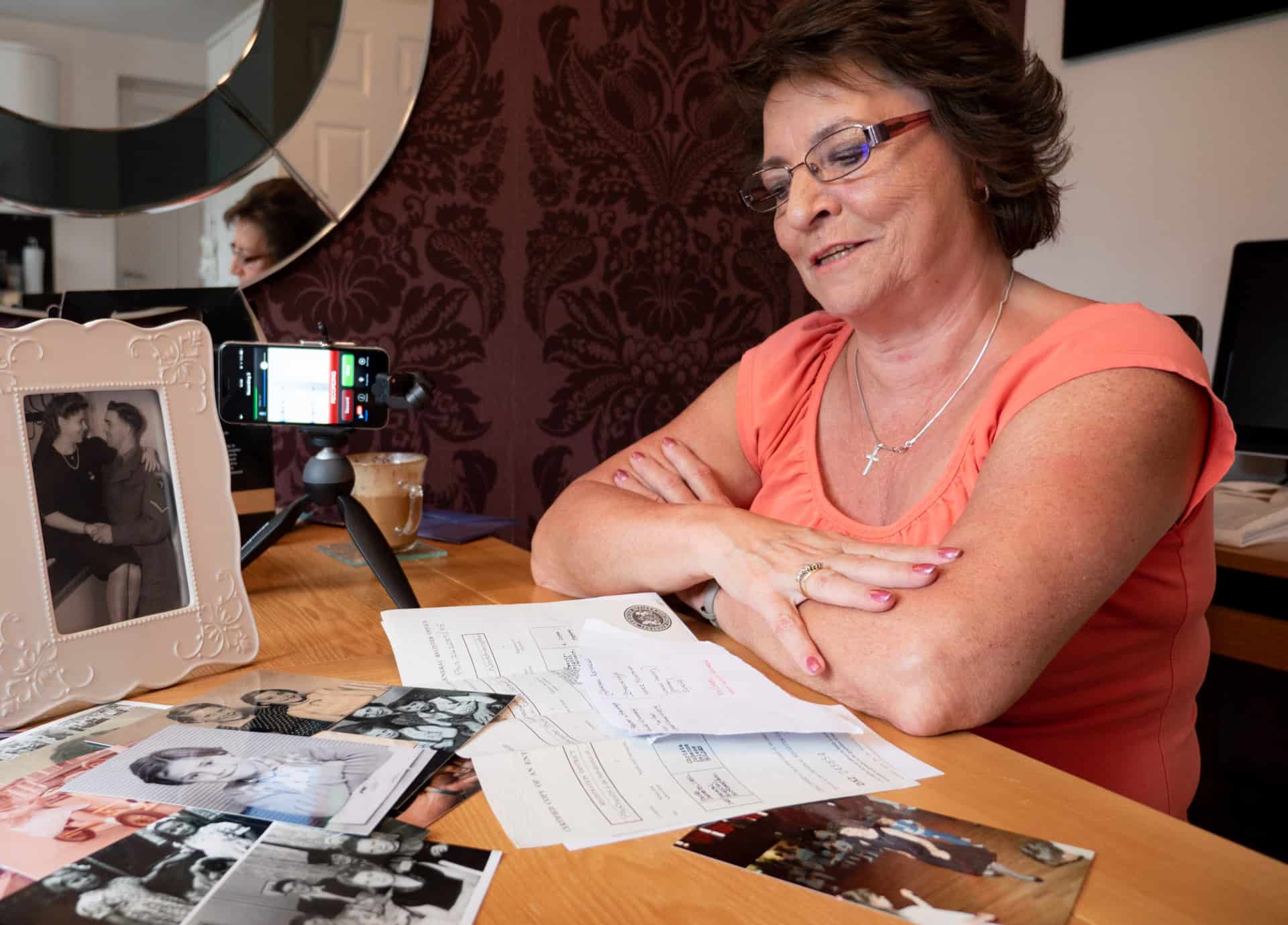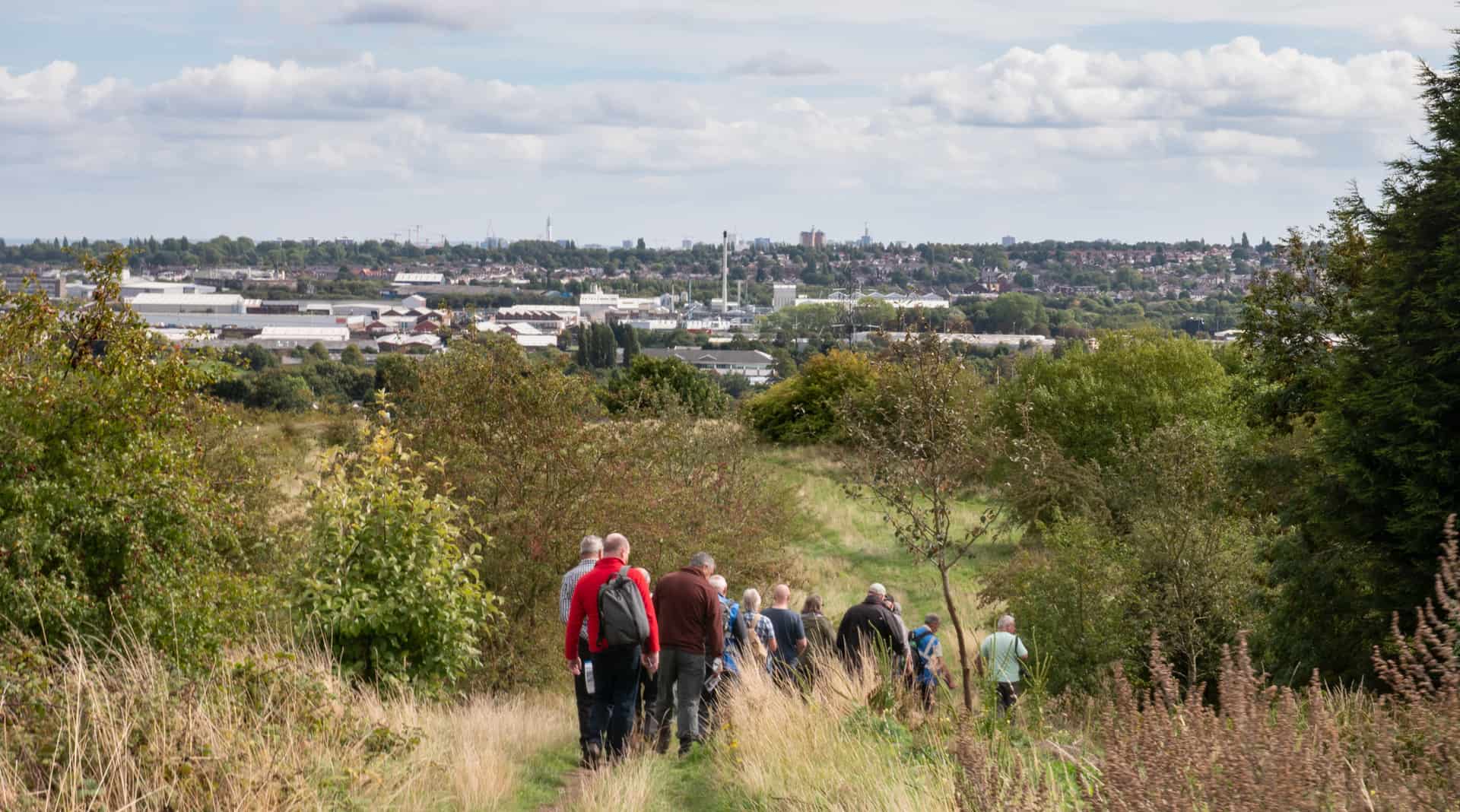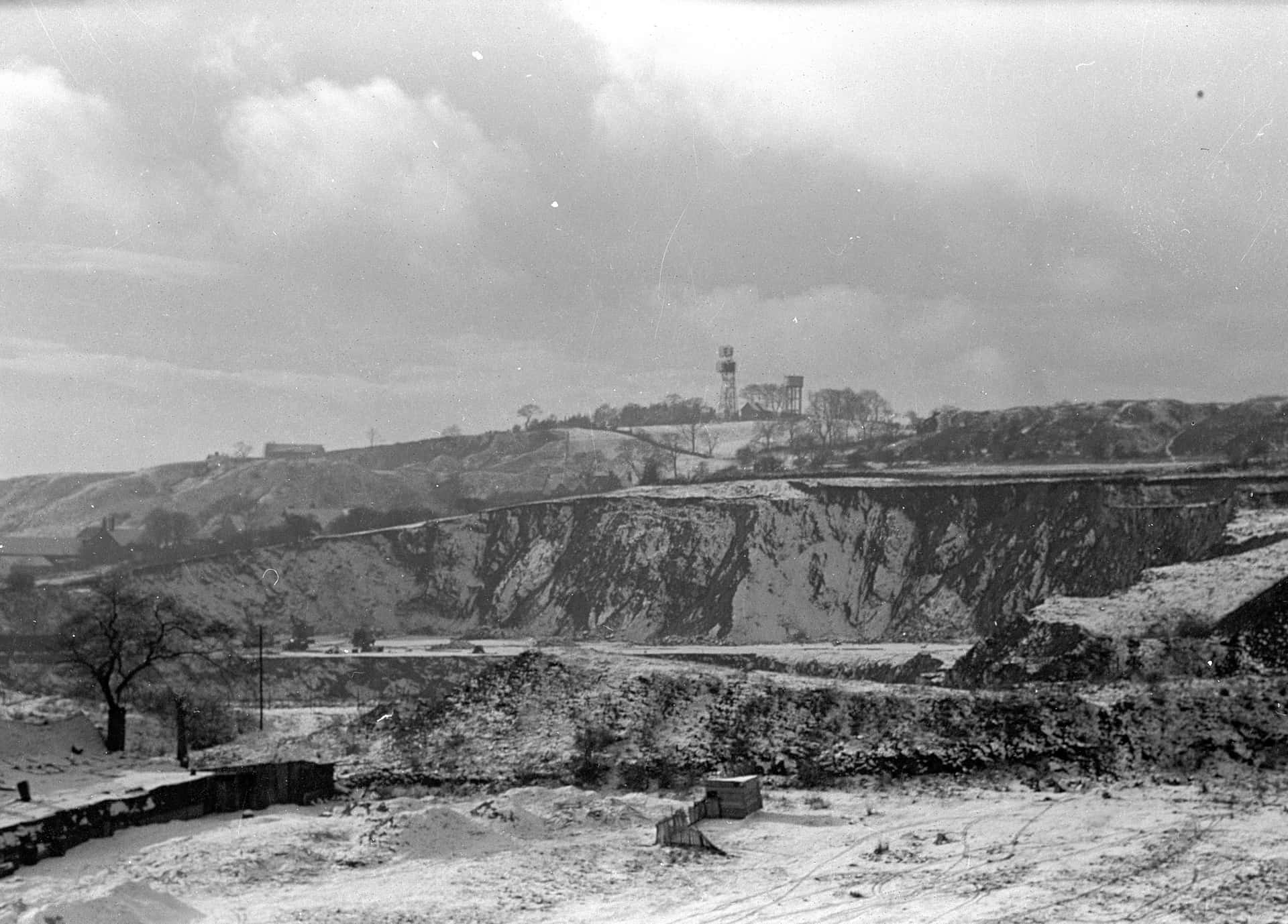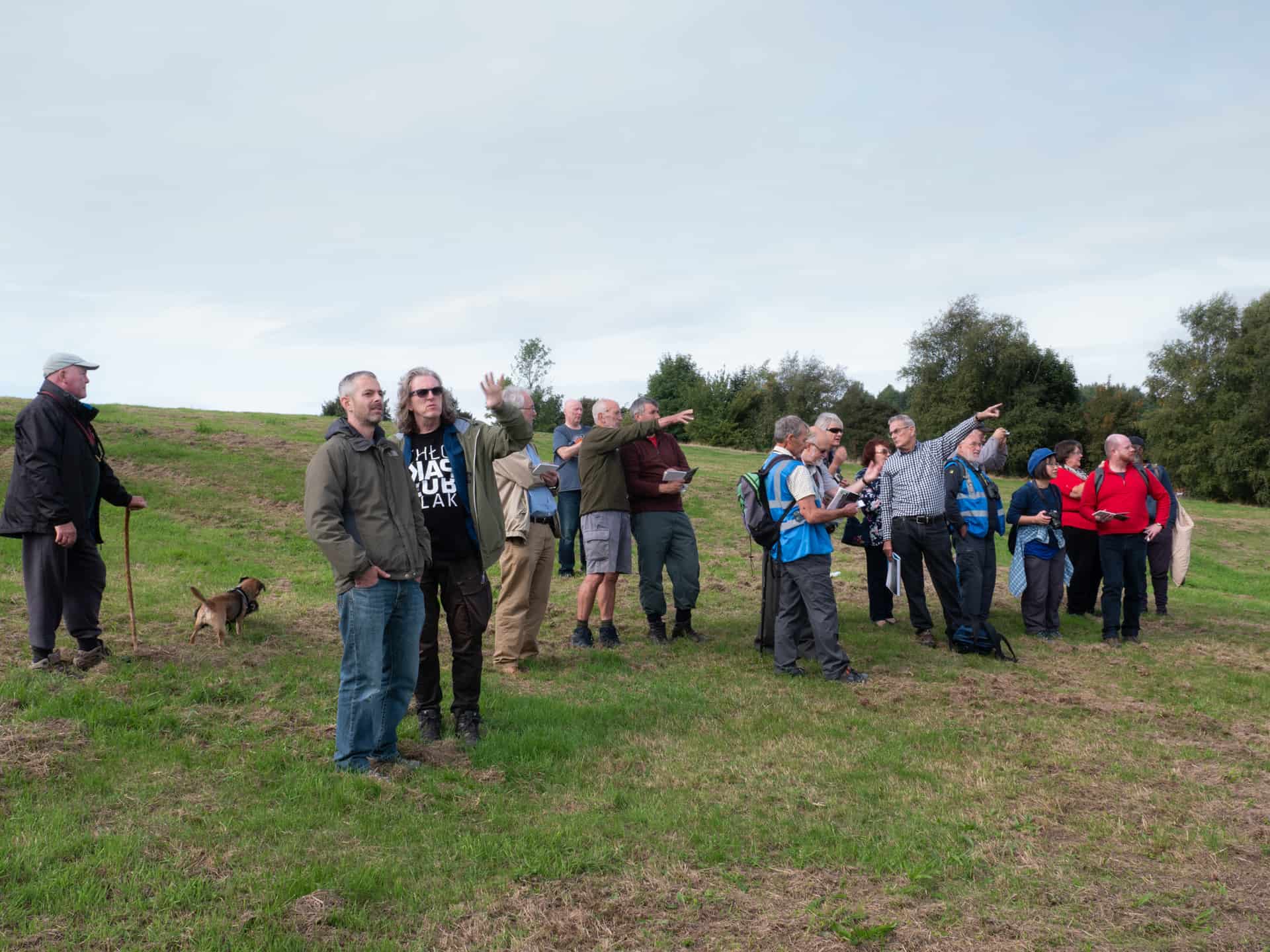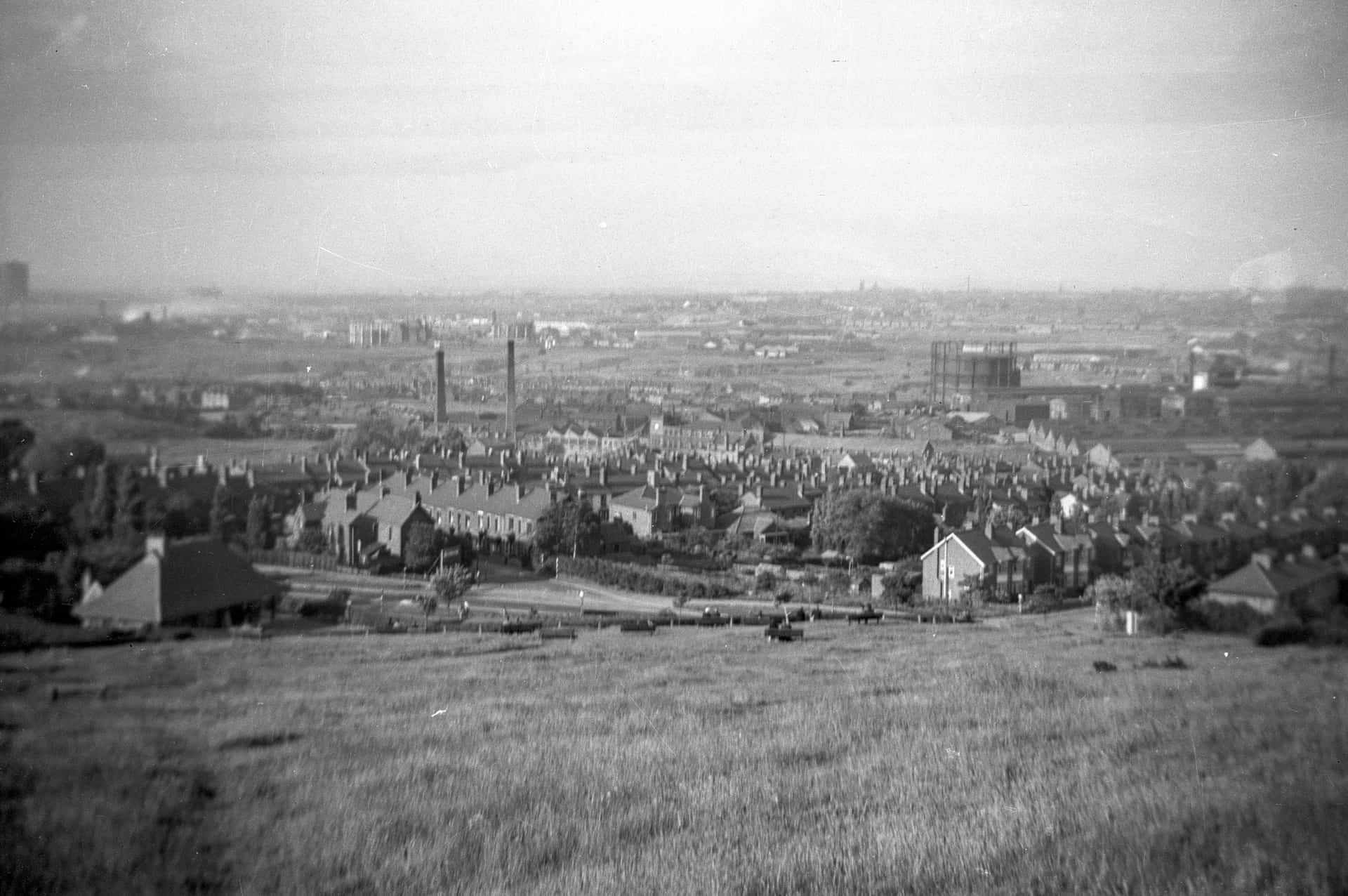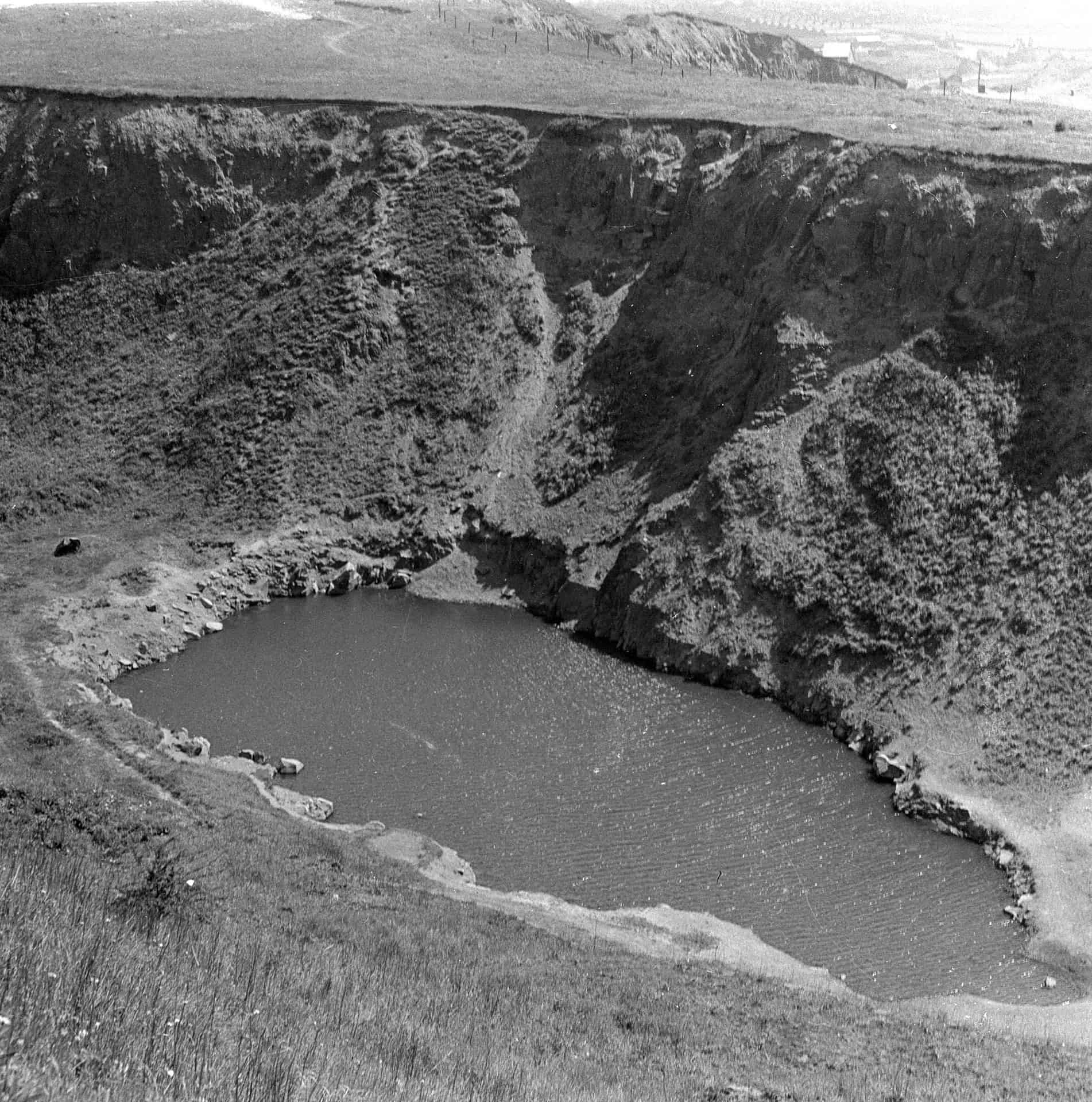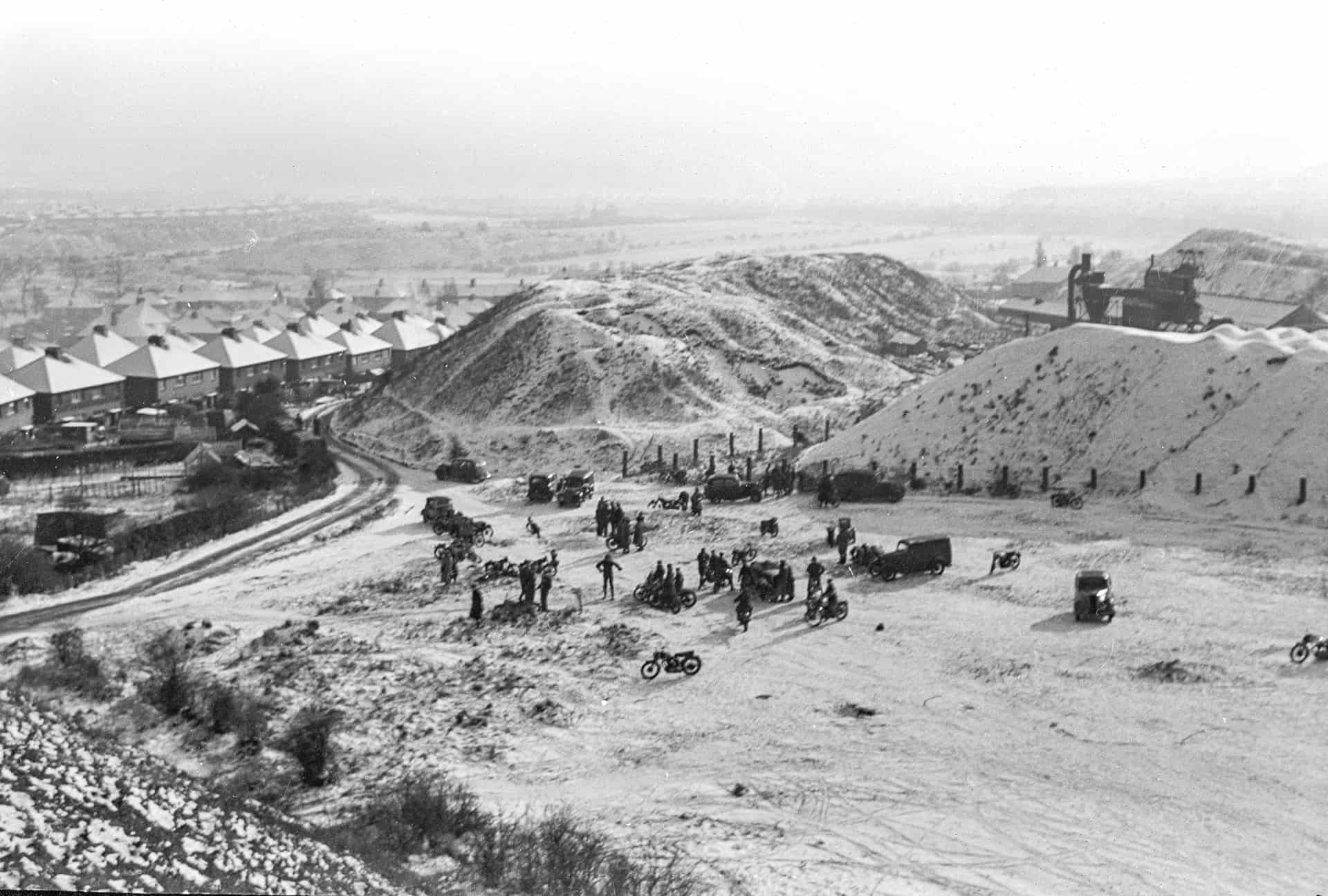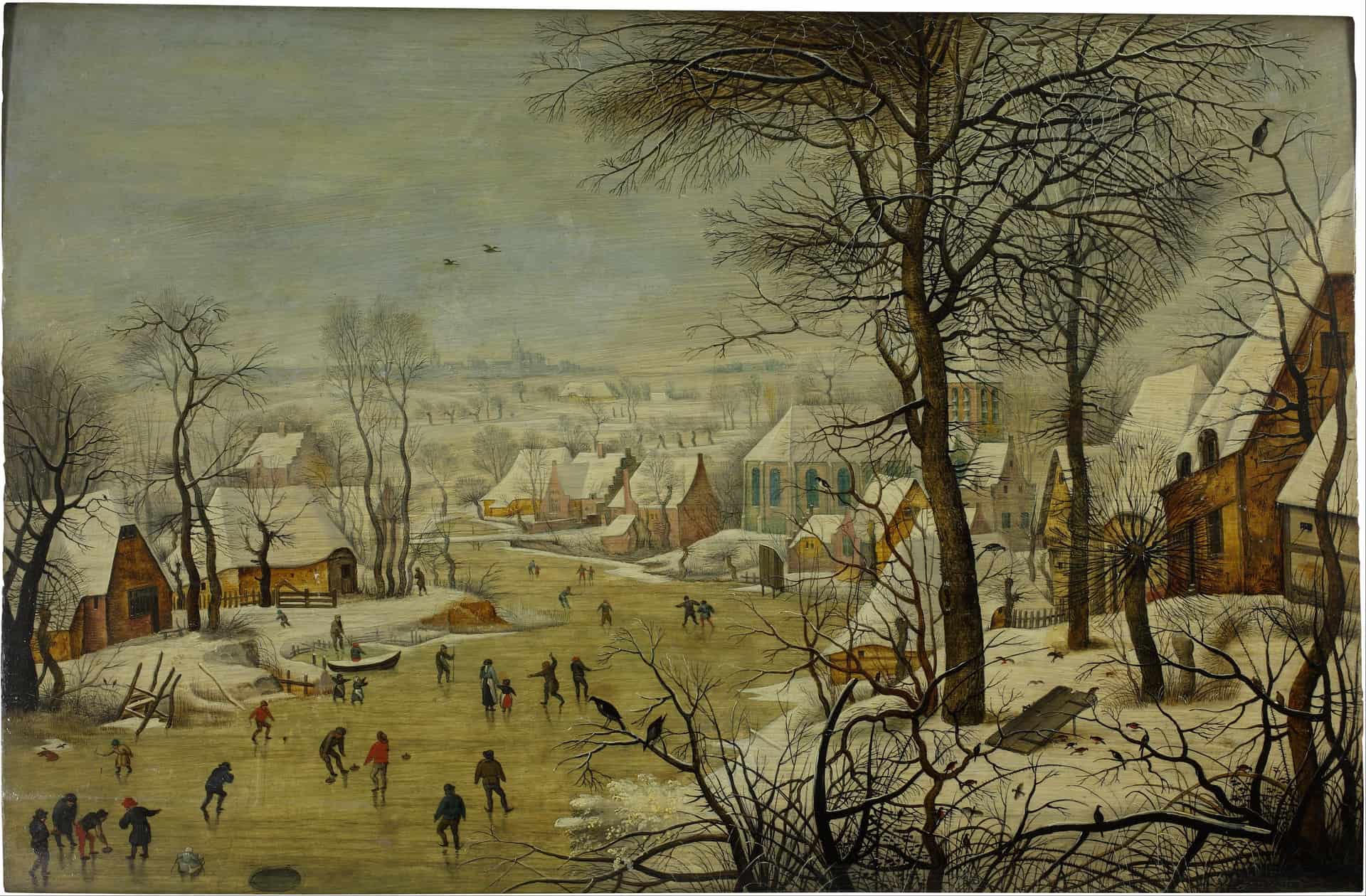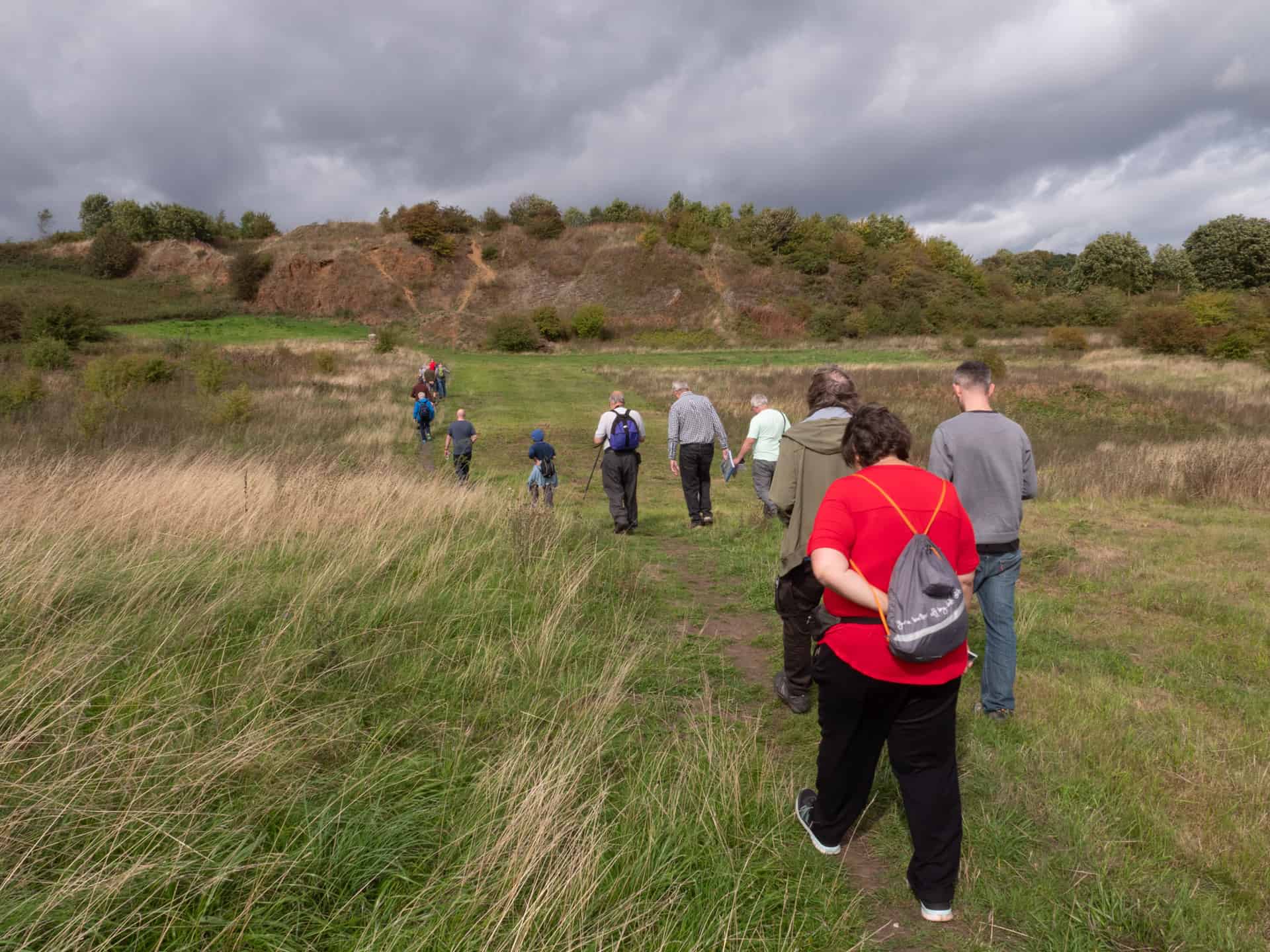Oral History Training Day at Dudley Archives
Oral History and Photography Collections
An in-depth training day with Richard Lewis and Geoff Broadway at Dudley Archives
19th January 2019 10am - 3.30pm
We are delighted to announce a unique oral history training day co-led by Richard Lewis and Geoff Broadway.
The day will be a comprehensive introduction to the different kinds of oral history project and give you the tools you need to prepare and conduct your own recording session.
We will look at different kinds of technology that can be used and provide a range of tips to help you make the best out of your project. As part of the day will be running a newly-developed session aimed at how to record oral histories are based around specific photography collections.
The day will cover:
- The foundations of oral history: what it is and why is it important.
- A brief look at different types of oral history projects.
- How to prepare for an oral history recording.
- What about technology?
- How to conduct an oral history recording.
- What to do after the recording: transcribing, archiving and using the material.
- Points to consider when making a number of recordings and developing a larger oral history project.
- Oral History and the Living Memory project - oral history around collections
The training day is organised as part of the Living Memory project which is a Heritage Lottery Funded project exploring, archiving and celebrating life stories and personal photography collections across the Black Country.
About the facilitators.
Richard Lewis is the Senior Archivist at Dudley Archives and has led and supporting a number of oral history projects both across the Black Country and further afield.
Geoff Broadway leads the Living Memory project and has over 20 years of experience of working with oral history as part of arts and heritage initiatives. He specialises in using oral history as part of audio-visual presentations and immersive installations.
Booking essential: Go to Eventbrite to reserve your place.
Fee: £6 (all proceeds go to friends of Dudley Archives)
Location:
Dudley Archives
Tipton Rd,
Dudley DY1 4SQ
PLACES: 15 Places Available
Date: 19/01/2019
Time: 10.00 am - 3:30 pm
Supported by the Heritage Lottery Fund

